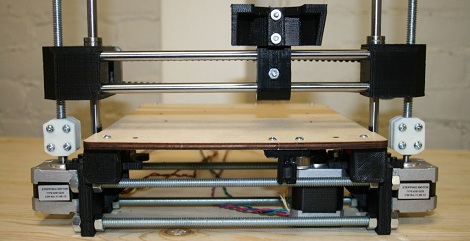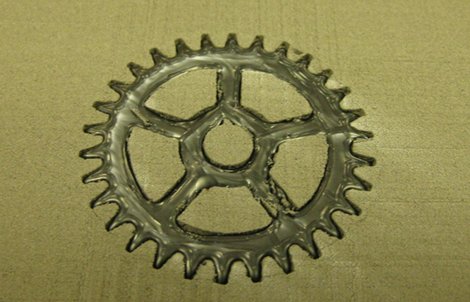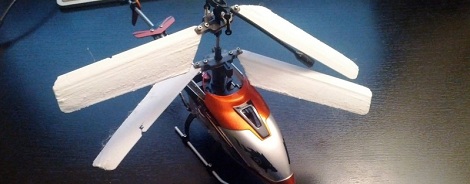Industrial control robot band

Remember Animusic, a series of videos featuring computer-generated, highly implausible instruments? Intel made their own to demo their industrial control tech. From the looks of things, we’re putting money on a bunch of MIDI triggers bolted onto plastic panels; now it’s slightly less impressive and the reason we’re looking at xylophones on eBay right now.
Quadrocopters everywhere

[Jouni] sent in his quadrocopter build that was inspired by the Japanese spherebot we caught earlier this year. [Jouni] used a carbon fiber frame to prevent the copter from bumping into things. Other things bumping into it are another story entirely.
This is my gun. There are none like it, because I printed it.

[Landru] printed a Nerf gun on his 3D printer. The only non-printed parts are a few screws, springs and an o-ring. [Landru] promised to put the files up on Thingiverse, but we can’t find them.
Media center auto power on circuit

[Dizzy]’s media server doesn’t have an ‘AC power loss reset’ feature in its BIOS, and he can’t jumpstart the thing by shorting pins on the ATX power socket. He came up with a very clean, minimal solution to starting his server after a power loss. Nice job, [Diz].
Better run, better run, outrun my soldering gun

Alright, circuit board shoes probably aren’t that comfortable, or useful, but we did find a like to the works of [Steven Rodrig], an artist who works in the medium of PCBs. The recycled circuits don’t do anything, and that’s giving us a few ideas on how to improve a digital banana.





















